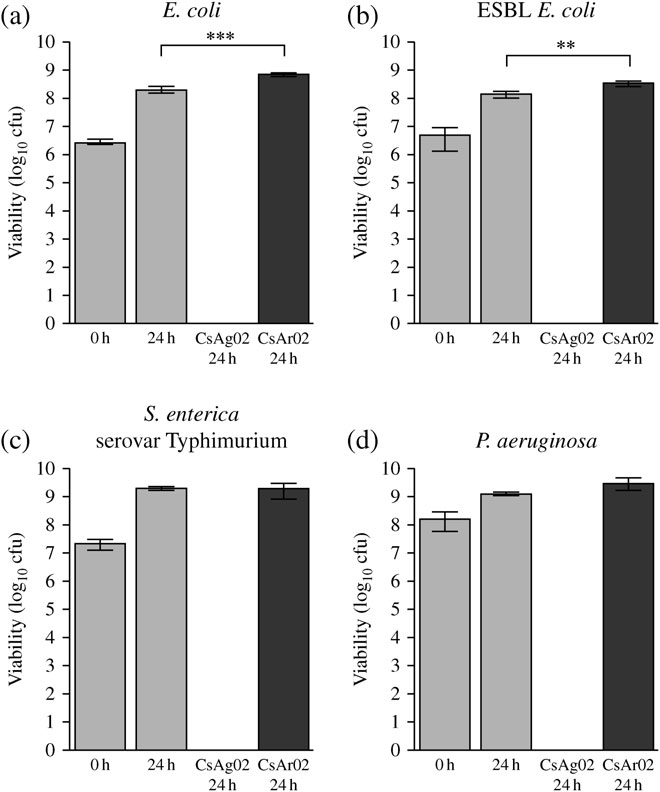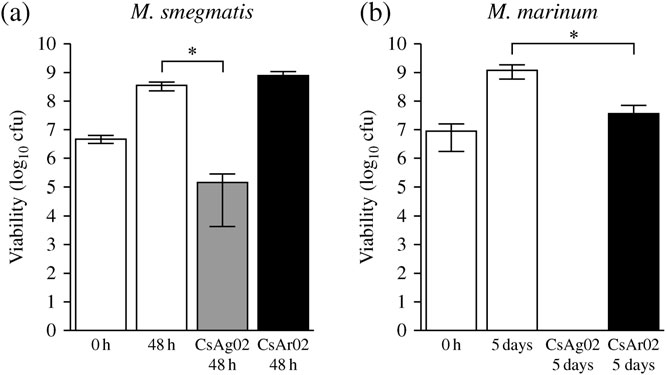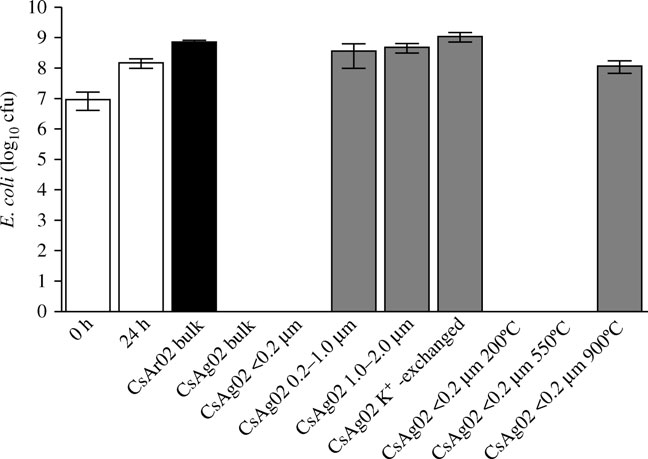Hypothalamic proopiomelanocortin neurons are glucose responsive and express katp channels
Hypothalamic Proopiomelanocortin Neurons Are Glucose Responsive and Express KATP ChannelsNurhadi IbrahimDepartment of Physiology and Pharmacology Martha A. BoschDepartment of Physiology and Pharmacology James L. SmartGeorge Fox University, [email protected] Jian QiuDepartment of Physiology and Pharmacology Marcelo RubinsteinInstituto de Investigaciones en Ingenierıa Genetica y Biologia Molecular




